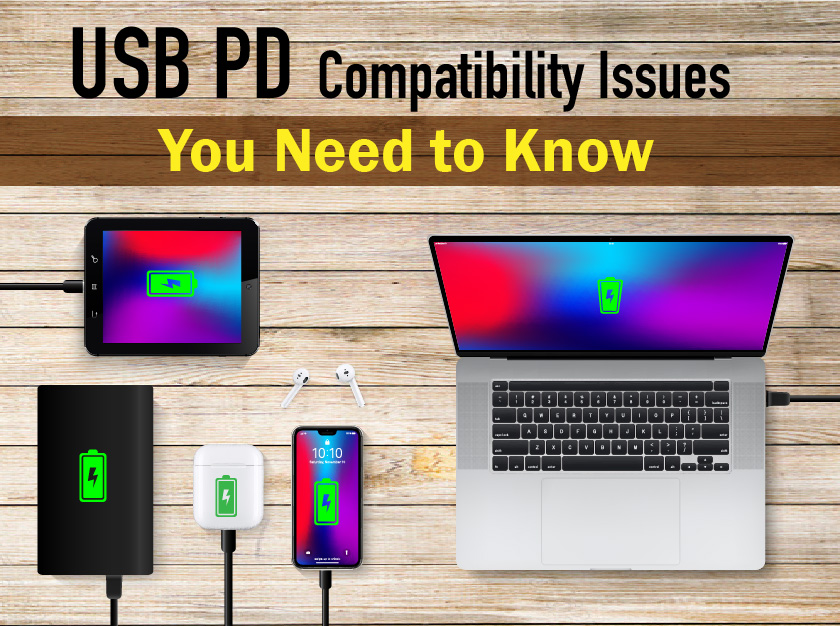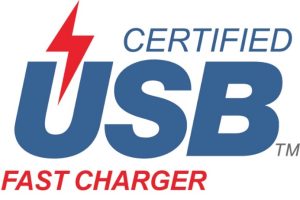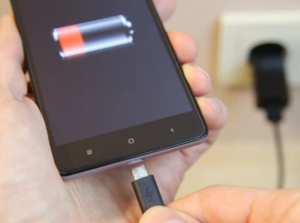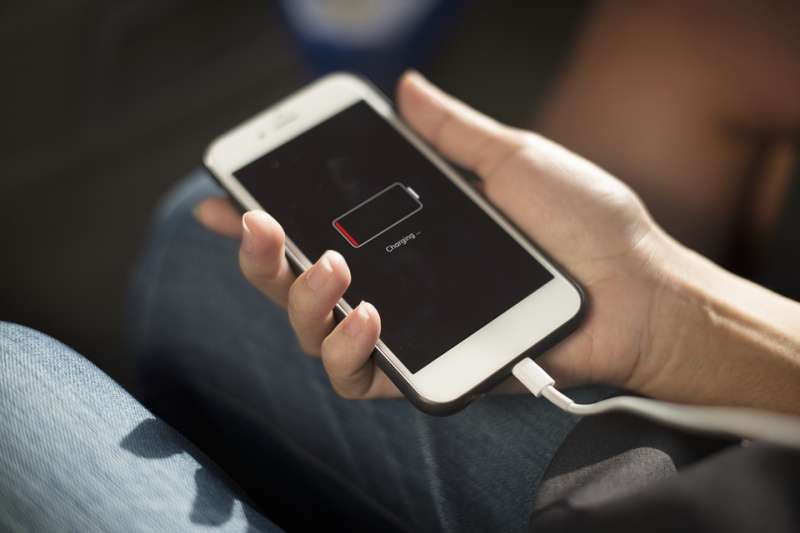Allion Labs
What is USB Power Delivery?
In the past, mobile devices such as mobile phones, tablets, and laptops used different charging interfaces. As a result, many chargers on the market could not be used alternately, resulting in waste and environmental hazards.
USB Power Delivery, or USB PD in short, is a USB charging standard and technology released in 2012 by USB-IF that unifies the connection interface through USB Type-C. Any device that supports USB PD, no matter its type, can be charged via a USB Type-C cable. This adds to the convenience of charging and allows for a more effective power charging solution.

In June 2021, USB-IF released USB PD 3.1 specifications, which increased the maximum power delivery for charging rate from 100W in version 3.0 to 240W (48V 5A).
The advantage of USB PD lies in the unification and simplification of the interface, but the price of convenience is a higher chance of device incompatibility, which may greatly hinder its ease of use and negatively affect consumers’ trust in the brand.

Those Who Nail USB PD Nail Their Day
Here is a little story about USB PD.
A-Tai is an engineer who had been busy at work all day. Before going to sleep, he wanted to charge his mobile phone which was running low on battery life. He couldn’t find the original manufacturer’s PD charger and USB-C cable, so he grabbed some random charger and cable, plugged in his phone, and hit the sack.

He woke up the next day only to find the cell phone completely dead. It turned out that the PD charger and USB-C cable did not work on his device. Needless to say, the phone’s alarm clock did not go off at all. Distressed, A-Tai quickly took a power bank and his phone and hurried to work.
A-Tai arrived at the company to prepare for his meeting. It was when he realized he had forgotten to bring the charger for the laptop. Luckily, both the laptop and the monitor in the meeting room supported USB PD and DP Alternate Mode, meaning they could display screens and be charged with a USB-C cable. A-Tai took out the USB-C cable and connected it to the monitor and laptop, but the charging connection was very unstable and the display kept flickering. The rest of the meeting was spent in extreme awkwardness.

During the lunch break, A-Tai figured that his smartphone should have been fully charged by then. He picked up the phone hoping to play a mobile game to relax. After turning it on, however, he found that the phone’s battery had only reached 3%. He couldn’t believe how the charging process could take so long to complete! A-Tai felt that his day had been utterly ruined by the poor compatibility of the USB PD.

USB PD FAQ
There are several lessons to be learned from A-Tai’s story.
Our digital lives are greatly associated with USB PD. We saw quite a number of USB PD devices in A-Tai’s story: monitors, systems, smartphones, power banks, chargers, and charging cables–although products from different manufacturers, they may often be used interchangeably, therefore causing compatibility issues.
One of the most common problems that users encounter when using USB PD–also one that appears in the story:
Failure to Charge
Allion conducted tests with our in-house developed USB Power Measurement tool, and found that the problem occurred due to the CC pin raising the voltage after communicating the power and data protocols of the devices on both sides but producing no output current as a result.
Unstable Charging Voltage
In this case, after CC pin’s communication, the voltage was pulled up and there had been output currents, albeit unstable ones. At the beginning, the current output reached its normal value of 2 amps. After a short period of time, however, the current dropped to 0 amps, before coming back to 2 amps again. After a while, it dropped to 0 amps once more. The problem continued, making charging unstable.
Low Charging Efficiency
In this case, though the current output had been normal, to the point that some devices may have shown that they were being charged, the charging efficiency was in fact low by USB PD standards.
- According to Allion’s database, USB PD-related problems accounted for 9.64% of all the reported USB-C interface errors in all product compatibility tests. Although 10% does not seem like a lot at first glance, considering the number and variety of USB-C products on the market and the numerous bugs related to USB-C, the ratio of almost 10% is noteworthy.
Allion Makes USB PD Compatibility Easy
Allion has a rich and diverse collection of USB PD devices and peripherals. Our USB PD devices include monitors, mobile phones, chargers, docks, power banks, systems, and hubs, amounting to more than 500. In the “Systems” category, we have up to 300 devices available and in the “Mobile Phones” category, we have more than 100 samples covering most of the brands on the market.
With deep expertise and experience in testing various USB PD products, Allion is confident in providing the best compatibility testing for our customers.
- Function Test
- Compatibility Test
- Charging measure
- Multi-device connection test
In addition to the test items mentioned above, Allion can also design customized test items for your products. Let our tests help you ensure the best compatibility and utmost quality for your USB PD products.

































